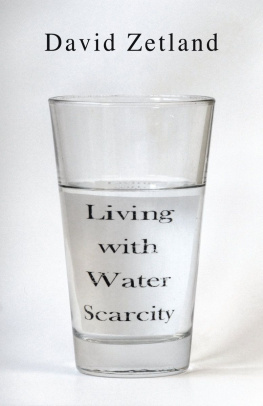This is a work of fiction. Names, characters, businesses, places, events, locales, and incidents are either the products of the authors imagination or used in a fictitious manner. Any resemblance to actual persons, living or dead, or actual events is purely coincidental.
All rights reserved. No part of this book may be reproduced in any form or by any electronic or mechanical means, including information storage and retrieval systems, without written permission from the author.
Prologue
Weve all heard the stories of how it began, but no one really knows the truth because no one ever owned up and took the blame. Anyone who was there when it all started is long dead and all that remains is their awful legacy. All I know that is real, true, is that the world wasnt always like this. It used to be green.
I suppose the awareness of a looming crisis began slowly, perhaps with a faucet that ran dry or maybe a water restriction where there had never been one. Whatever it may have been, there was a turning point and from that moment on the United States of the past disappeared under a burning sky.
This is what I have come to understand of our history, that thing buried and skewed under hidden agendas and untruths
In the early 21st century, the voice and face of the country changed. An exploding population triggered an energy crisis that swiftly grew beyond our borders and enveloped the world. Wars erupted over control of these dwindling energy sources, resulting in a recession that dwarfed the crash of 1929. Our nations leaders responded by doubling down on efforts to extract resources in every forest, ocean, and watershed, rather than investing in what many viewed as unproven technologies. Companies that specialized in advancements in sustainable energy were forced into bankruptcy, halting the tide of progress. Environmental protections ceased to exist as everything from national parks to the once pristine Arctic disappeared under an onslaught of drilling and mining that left these places barren and poisoned. Coal, oil and gas burned, unchecked and ignored. The results were devastating.
Massive storms, brought on by rising temperatures, began to dominate newscasts. People watched as violent hurricanes in the Indian Ocean destroyed whole communities, washing away thousands who had been unprepared for the force of the waves. The eastern seaboard saw Category Five hurricanes on a monthly basis, until many areas became uninhabitable. But the drilling continued.
Extreme weather escalated, as tornados ripped through areas in Europe and Asia that had never experienced the phenomenon before. In one night, Hautmont, France was wiped off the face of the earth as a previously inconceivable F6 tornado spent twelve minutes on the ground. And yet the event was soon forgotten, the majority of citizens preferring stories of scandal and entertainment and war.
As the climate grew hotter and drier, the last of the ice caps melted belching out methane trapped for millions of years and filling the ocean with too much fresh water, creating a chain of unfathomable and merciless events. The Maldives disappeared under the sea, followed quickly by other island nations across every ocean. Tens of millions of people were left homeless in places like Japan, the Netherlands and Bangladesh, as huge swaths of land became submerged, leaving many cities uninhabitable swamps. New York City was inundated with tides that never receded. While Florida became a ghost of its former self, as millions fled the water-ravaged state.
The desalination of the oceans, combined with high levels of acidity and rising temperatures, took effect. Beached whale species, from dolphins to orcas, became a common sight. Coral reefs died off on a global scale, looking like bleached underwater graveyards. Fishing communities went bankrupt and prices for seafood skyrocketed until only the very wealthy could afford it. The ecological imbalance further poisoned the already toxic oceans, making even the technology to convert salt water to fresh water for human consumption only possible for the elite. And still, the refineries continued to process their crude oil.
The sixth mass extinction event in Earths history continued. Species from insects to mammals died off at unprecedented rates, unable to acclimate to changes that occurred in years as opposed to centuries. The few remaining rainforests saw these extinction events on a massive scale and those species unlucky enough to need polar climates were gone after a few years.
Precipitation continued to dwindle while massive dust storms swept through towns and cities, choking the air and causing havoc for those stuck in their midst. The city of Las Vegas experienced a storm of such intensity that the sky turned black as sand and dust covered every road and building, until the metropolis was buried under a layer of dirt that took months to cleanup. While in the western half of the country, wildfires ravaged California, displacing thousands and turning huge swaths of land to smoldering ash. And through it all, fingers of blame, rather than solutions to the root cause, became the norm as scientific evidence was censored.
Drought continued to creep across the world, silent and ruinous.
Initially, the areas hardest hit by drought were underdeveloped countries. Starving children or withered remains of cattle splashed across the screens in the living rooms of U.S. citizens who, though saddened by the images, remained ambivalent. Most people viewed the water wars raging in Africa or the battle over rights to the Amazon River, with a sense of detachment. But there were some who voiced their warnings, pitting themselves against the majority, fracturing the nation.
Environmental activists attacked refineries and shipping lines, disrupting the flow of resources to such a degree that they were labeled terrorists and hunted down by the government. Those who took a pacifist approach did no better at conveying their message, as their forewarnings were mocked and disregarded as hippie ideologies by those in power. Eventually, messages of the resistance were defined as alarmist rather than credible, making them easy for people to discount. All the while, areas experiencing water restrictions grew. But most citizens saw these measures as nuisances, rather than portents of worsening problems. This perception would not last.
It was a global drought of unprecedented proportions that cared nothing for which hemisphere you lived on nor how much money you held in your bank account. Over time, even the staunchest disbelievers were faced with undeniable truth. Emergency measures to curb the effects to the US were taken and hope stirred in the minds of the populace. Those technologies that were shuttered in the early days took on new life in ambitious plans for fusion power plants and hundreds of square miles of solar panels and wind turbines. Rumors of unmanned spaceships launched into the solar system to find a new home and escape from our dying planet, circulated throughout the country. But time eroded such fantasies and reality crushed those hopes, as years turned into decades that saw no relief from the storm of devastation. The efforts were simply too little and came far too late.


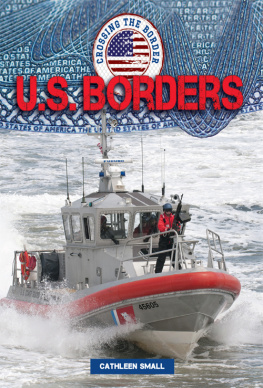


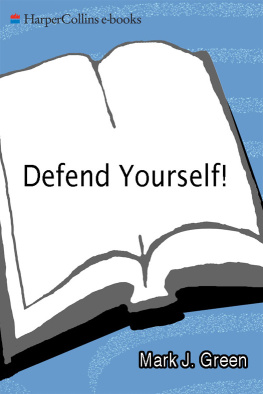
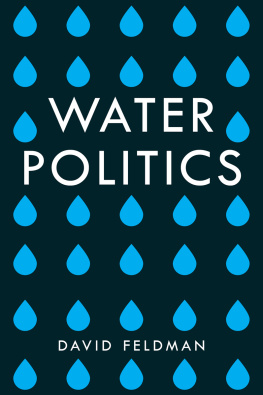

![Graham Hurley [Graham Hurley] - Sight Unseen](/uploads/posts/book/141303/thumbs/graham-hurley-graham-hurley-sight-unseen.jpg)
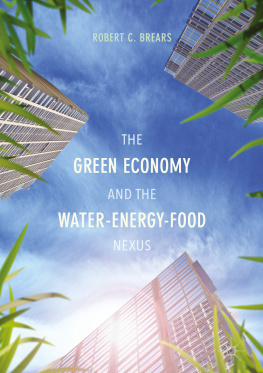
![David E Newton] - The global water crisis : a reference handbook](/uploads/posts/book/104432/thumbs/david-e-newton-the-global-water-crisis-a.jpg)
